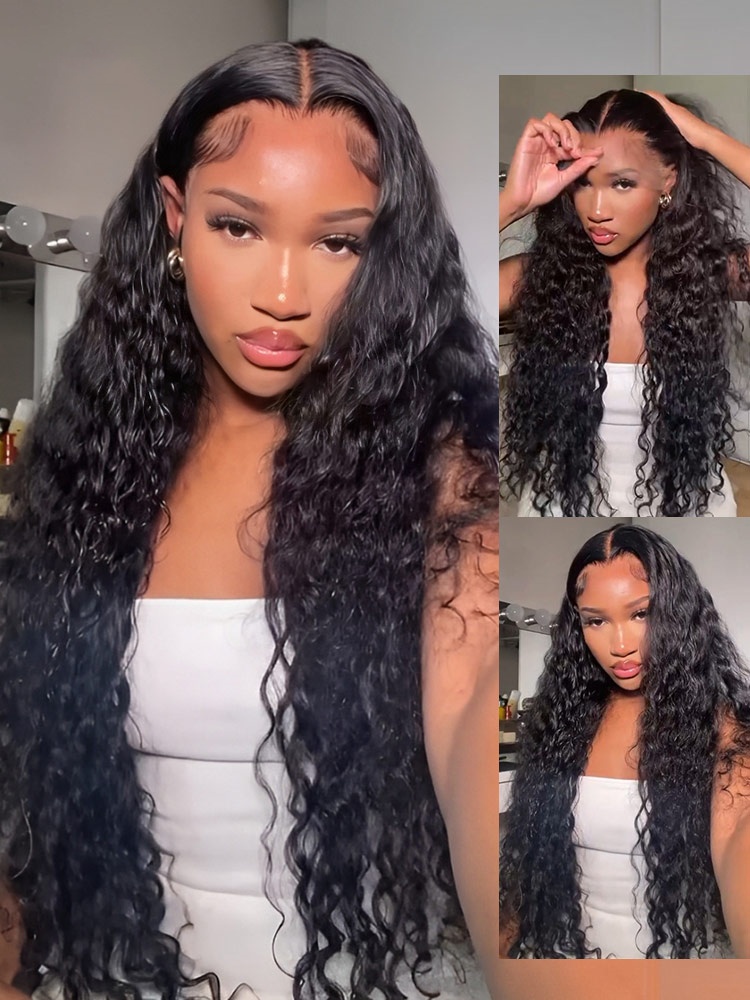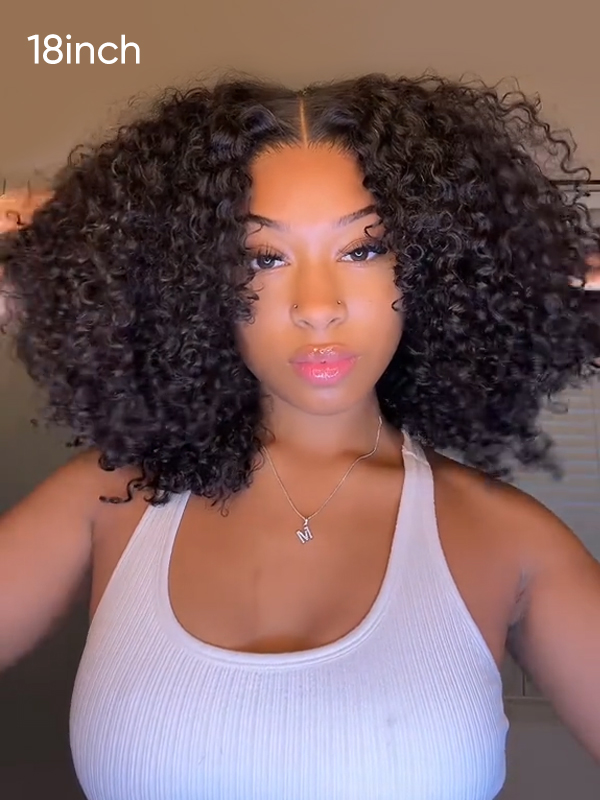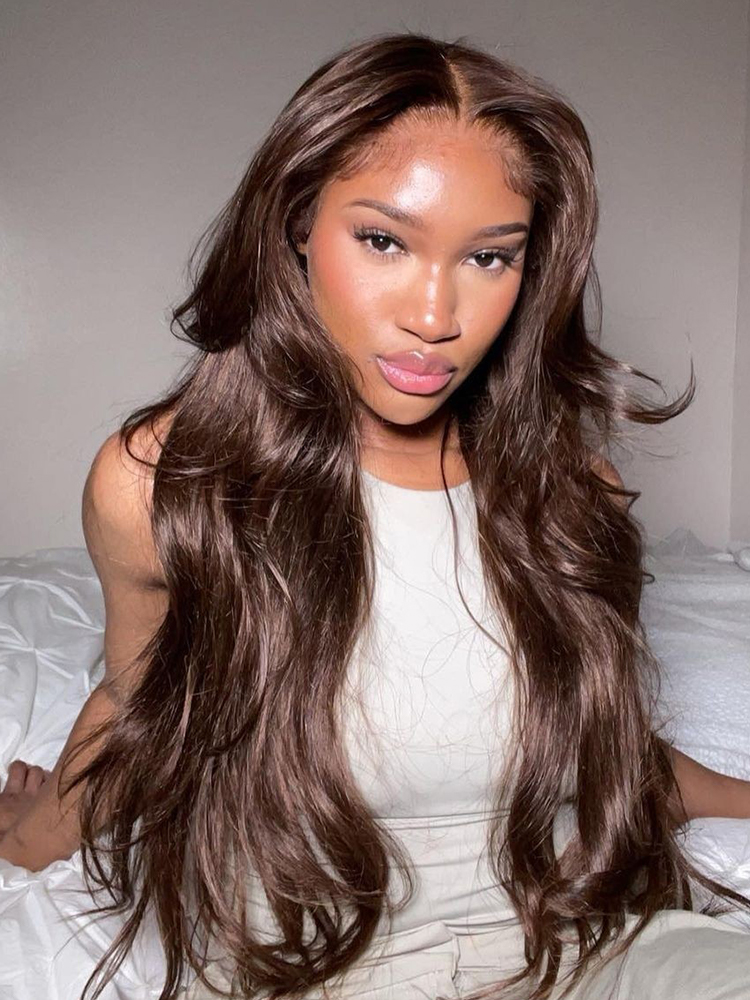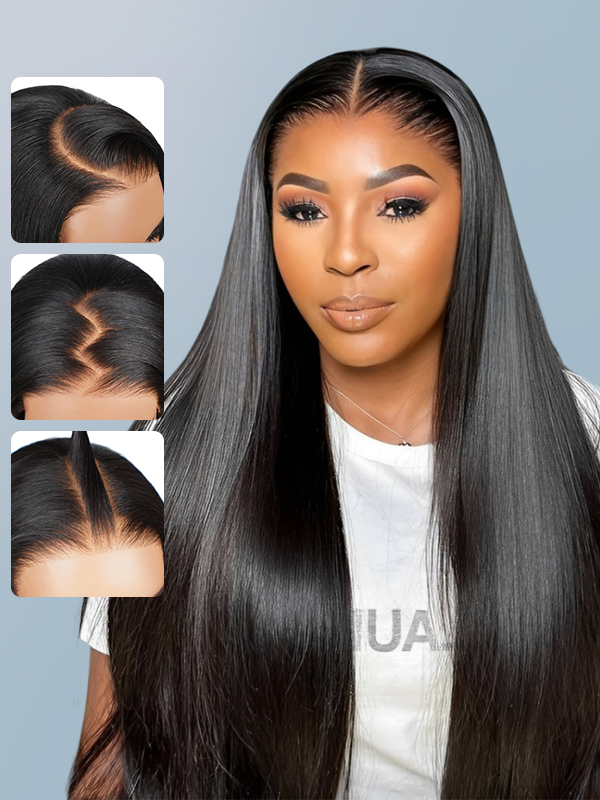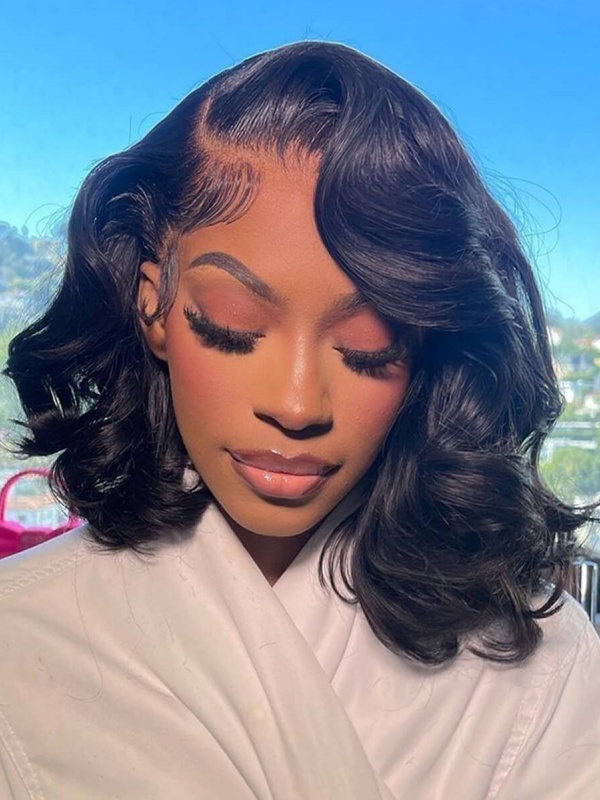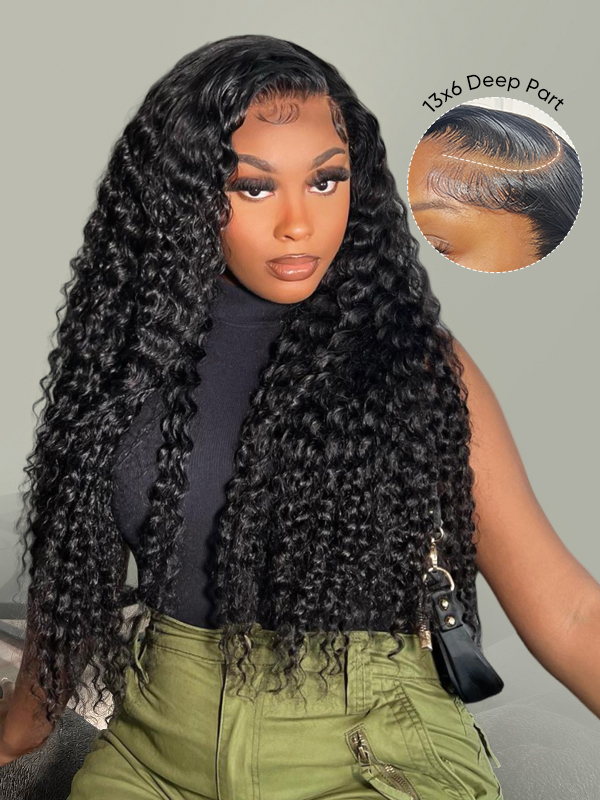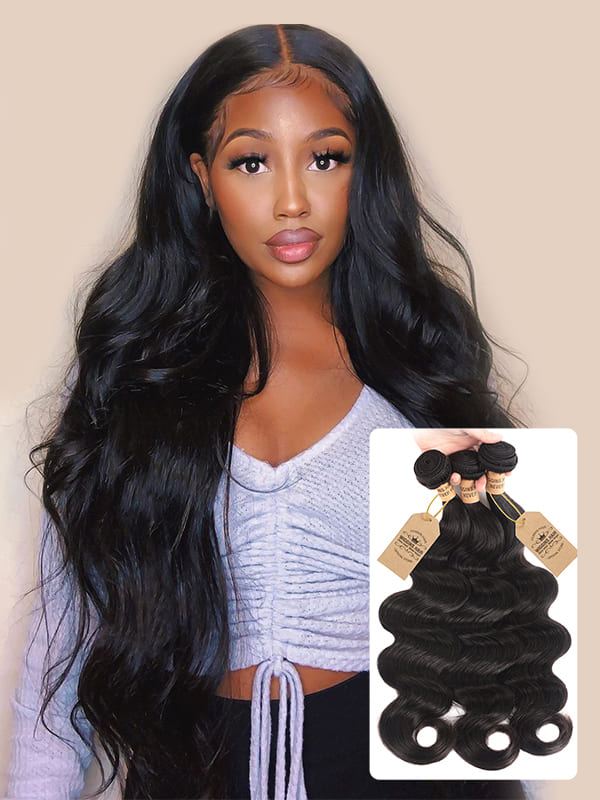A person needs to work with suitable products, the right hair care techniques, and consistent maintenance routines so that their hair is smooth and manageable, and keeps from becoming either too dry or too greasy, neither too hard nor too soft, neither too rich nor too poor, and neither too smooth nor too rough. First and foremost, understanding how to prevent tangles in hair is an important part of maintaining the best hair condition and the best way to stop tangles.
Several factors bring about knots and tangles such as dryness, friction, washing incorrectly, and the natural structure of the hair shaft. Hair strands, if left unattended, get interwoven and cause the detangling task to turn into a somewhat lengthy and bothersome one.
Selecting the Correct Hair Products for Tangle Avoidance
The best hair care products should be used to combat tangles and keep the hair soft and manageable. Shampoos and conditioners packed with hydrating ingredients are used to moisturize strands and reduce friction between strands.
The extra layer of protection given by leave-in conditioners and detangling sprays makes it possible to comb without hurting your mane. Serums and oils with silicone or other slickers will make the base smooth on the hair and cut down on knots throughout the day.
Sulfates and alcohol must be avoided at all costs since these ingredients tend to strip natural oil off the hair leaving it dry and more likely to get tangled as well. These products can be used to enhance hair health, and incorporating them into one’s regular hair care routine shows a difference in how to prevent tangles in hair.
Proper Washing Techniques to Reduce Hair Knots
Factors related to how hair is washed to help prevent tangles and achieve a smooth finish. It is important to use lukewarm water when shampooing the hair because hot water will make the hair dry and tangly.
Shampooing the head and massaging the hair with fingertips is enough to cleanse it without creating unnecessary friction. The shampoo rinses down naturally, and dirt and buildup are removed without scrubbing hair strands together.
Conditioning from the mid-lengths down to the ends after cleansing helps place moisture back into the cuticles and makes the hair less knotty. Thorough rinsing of the hair and finishing with a cool water rinse, seals the hair cuticles and helps to reduce tangling and increase the shine.
Methods of Brushing and Detangling for Knot-Free Hair
Maintaining smooth hair, as well as avoiding hair damage, relies on proper brushing, and detangling techniques. When combing damp hair, use a wide-toothed comb or detangling brush over the hair to help distribute conditioner evenly and prevent breakage.
From the ends, working upward in sections, first removing knots with slight tension puts your hands and the strands into the least amount of stress. It can also choose to brush hair before washing, which will help prevent excessive hair tangling during shampooing.
In the case of curly or textured hair, it is important to detangle while the hair is still covered in conditioner, making the process much easier for those with curly or textured hair. By cleaning hairbrushes and combs regularly, dirt, oil, and product buildup are prevented from transferring back onto the hair, causing knots and tangles.
Protective Hairstyles to Prevent Hair Tangles
One way to avoid tangles is by wearing protective hairstyles that will help minimize damage during sleep and during activities that cause friction. Some use braids, buns or twists to keep strands out to protect them from rubbing against clothing and pillowcases.
Recommendations include using silk or satin pillowcases since they generate less friction than cotton fabric and make it easier for hair to glide without kinking. For those who have coily or curly, satin or silk hair, wraps or bonnets give an extra layer of protection as well.
A practical method of how to prevent tangles in hair is to incorporate protective hairstyles into daily routines to keep the hair manageable such that it is easy to style.
Hydration and Nutrition for Strong, Tangle-Free Hair
Healthy hair starts from within, and it is just as important to keep the hair well-hydrated and well nourished to prevent dryness and tangle. Drinking enough of the stuff each day helps keep hair hydrated from the inside out, and therefore, from the outside out, reducing the risk of brittleness and breakage.
A strong, resilient strand is less prone to knotting, so a diet high in vitamins and minerals such as biotin, vitamin E, and omega-3 fatty acids will support strong, resilient strands. Avocados, nuts, salmon, and leafy greens give you essential nutrients that are needed to have smooth and healthy hair.
Reinforcing hair shafts with regular deep conditioning treatments and masks with protein and moisture helps to make the hair's weak and damaged strands less tangle-prone.
Lifestyle Habits to Maintain Smooth and Manageable Hair
Habits do affect the health of hair to some extent if it tangles. To preserve the natural moisture balance of the hair, hair should be avoided excessive heat styling and harsh chemical treatments which can lead to dryness and brittleness.
Heat styling damages your strands, but a good heat protectant spray keeps the strands from getting split from ends that go into knots. If you have long hair, hair always gets matted and tangled in windy conditions, so always wrap your hair in a hat or scarf.
Conclusion
For those looking for high-quality hair solutions to make their hair smooth as well as how to prevent tangles in hair, WIGGINSHAIR has a wide range of premium hair products and extensions to ensure that you keep your hair as silky as ever and durable. Customers can enjoy effortlessly beautiful styles with precisely crafted hairpieces that reduce shedding and tangling. With the right hair products from WIGGINSHAIR, you can easily choose and maintain thin, flawless, and untangled hair.
